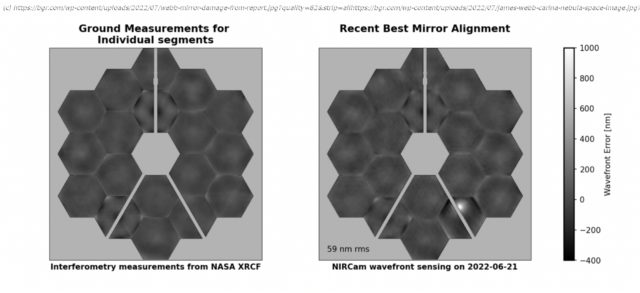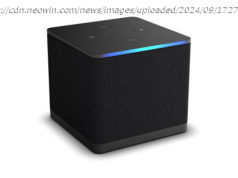Learn more about James Webb with the ultimate guide to every discovery and observation made by the James Webb Space Telescope.
NASA’s James Webb Space Telescope (JWST) is the largest telescope in space. As an infrared space observatory, the telescope was designed to peer deep into the early universe. Since the telescope’s launch in 2021, it has carried on a very storied legacy.
The James Webb Space Telescope launched from the European Space Agency’s Kourou launch site in French Guiana on December 25, 2021. In early January, NASA Shared one of the last videos of Webb that we’ll ever see. After almost a month of travel, the powerful James Webb reached its final destination, more than a million miles away from Earth.
From late January to July, NASA continued to provide updates on James Webb’s progress. On March 16, NASA shared Webb’s first in-focus image, following up with news on April 28 that Webb was fully aligned and ready to get to work. In May, we finally got a look at another image captured by the James Webb Space Telescope, detailing the quality of Webb’s images.
It was around this time that NASA officials fully realized that we were working with a telescope that was going to change our understanding of the universe completely, with NASA and the ESA releasing news of some of the possible studies that Webb would undergo, including observations of two Super-Earths found within our galaxy.
In June, NASA revealed when we’d see the first full in-color images from James Webb. Shortly after announcing that those images would release in July, though, dire news was shared – a micrometeoroid had hit Webb. NASA wasn’t sure what this meant for the James Webb Space Telescope then, but we later learned that Webb suffered an uncorrectable change to one of its mirrors.
Thankfully, that hit hasn’t affected the James Webb Space Telescope in completing its duties, and in July, NASA shared more details about Webb’s first targets.
With NASA set to reveal Webb’s first images on July 12, the space agency revealed the targets of those first, crucial observations on July 10. Those targets would include the Carina Nebula, WASP-96b, the Southern Ring Nebula, Stephan’s Quintet, and a section of space known as SMACS 0723.
When the first images captured by the James Webb Space Telescope were released, though, they were far greater than anyone had expected. From there, Webb’s observations only continued to trickle out, with Webb detecting water on an exoplanet. This development proved that the telescope was more powerful than anything scientists had ever worked with.
But the discoveries and observations made by the James Webb Space Telescope don’t stop with those first images of the early universe. Since those first images were released in July, NASA and the ESA have revealed other images. And members of the astronomy community have even revealed their own images, composited from the data that Webb has captured.
In mid-July, Webb images of Jupiter began to circulate, showcasing some of the first bits of data that the James Webb Space Telescope had captured. Around this same time, the space telescope also captured observations of its first supernova, offering a brief glimpse at part of the universe the telescope wasn’t even designed to look for.
From there, Webb’s observations and images have only continued to wow the minds of the space community for the past few months. August brought a dazzling photo of the Cartwheel Galaxy and Webb’s discovery of the most distant galaxy known to man.






